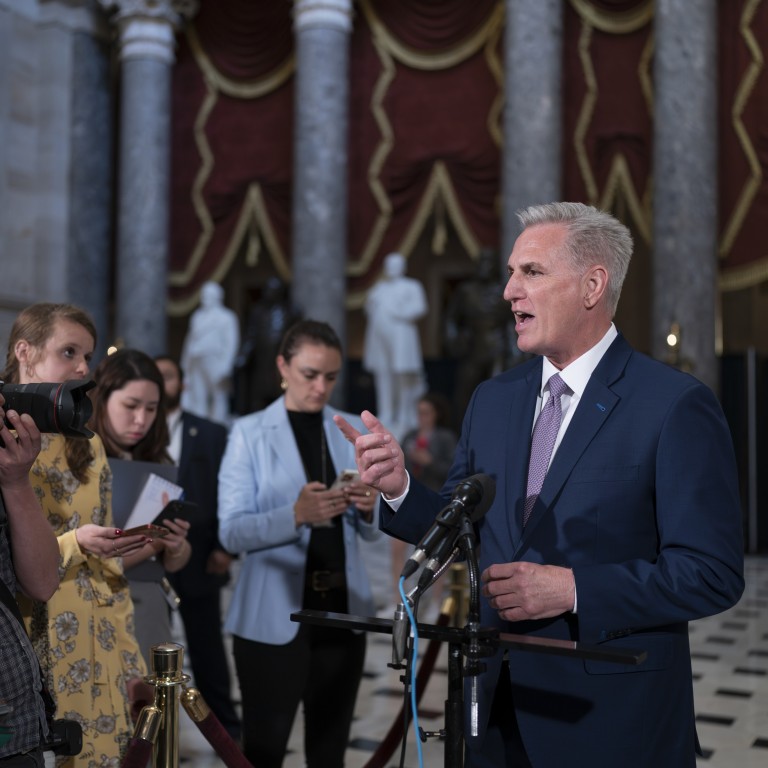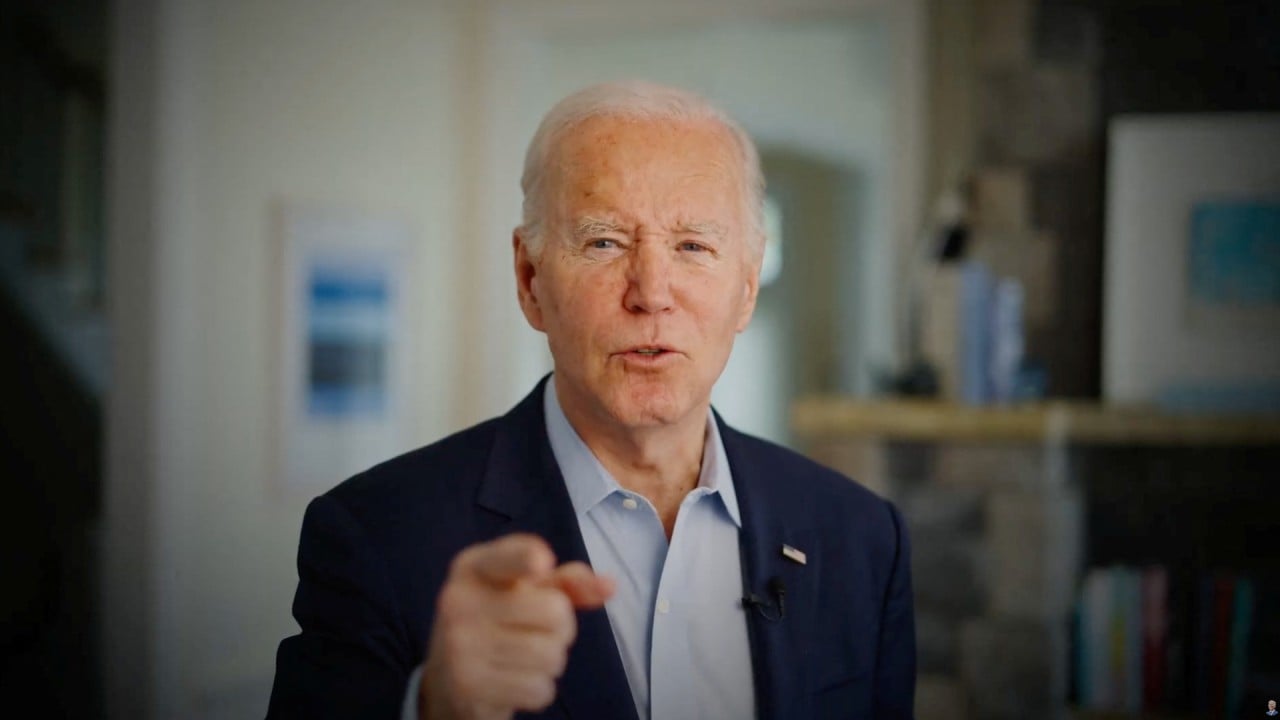
Economic turmoil looms as US debt ceiling crisis drags on
- With Republicans and Democrats going into election mode, the US debt ceiling stand-off could go down to the wire, with financial markets suffering extreme pain
- Investors who remain oblivious to the risk of default should note that sovereign players like China are already selling down their US Treasury holdings
There’s a very good chance the world is sleepwalking into another global financial crisis. With Capitol Hill still effectively gridlocked over the US debt ceiling, the clock is ticking and it’s only a matter of time before markets hit the crash barriers.
There’s too much at stake as the proposed Republican cuts in US government spending go too close to the bone of Biden’s domestic reflation initiatives to reboot growth and rebalance the economy. The impasse over fiscal policy has simply been kicked down the road for lawmakers to resolve next year, meaning investors are at great risk.
House Speaker Kevin McCarthy has insisted the Republican Party would never allow the US government to default on its debts, but that’s not to say a major credit event is never going to happen. With US government debt currently running at 120 per cent of gross domestic product and nearly twice as high as the level preceding the 2008 global crash, it’s unsustainable over the long term.
The market’s appetite for US government assets is fast reaching a critical point. Either the US government embarks on major cost-cutting austerity, or it needs to grow its way out of the debt crisis. The Republicans and Democrats are deeply at odds and seem irreconcilable.
It could go down to the wire as the US heads into the election on November 5, 2024, with financial markets suffering extreme pain in the meantime.
If you thought the 2008 global crash was bad, this could be a doomsday scenario, with financial markets going into full-scale meltdown, US treasuries, credit and equities included.
For all the dollar’s supposed safe-haven appeal, sentiment could nosedive, driving the Federal Reserve into defensive interest rate rises to stop inflation rising. At such a sensitive stage of the business cycle, the threat of higher borrowing costs would tip the US into recession, dragging the world economy down with it.
US efforts to economically split from China will have consequences
At the moment, investors seem relatively oblivious to the US default risk, probably in the hope that both sides will eventually muddle through and reach a settlement. It’s happened before, so why not again?
Indeed, there was even some short-term market relief last week over the debt ceiling proposal, irrespective of its chances of being dead on arrival in the Senate. Risk-averse investors would be correct in thinking that major market disruption could be looming.
The impact of rising US interest rates, higher bond yields and the weaker dollar have already dimmed perceptions of US sovereign risk, especially with the national debt expected to head towards US$50 trillion by 2033 from the current US$31.4 trillion, based on projections released earlier this year by the non-partisan US Congressional Budget Office. Clearly that’s unsustainable.
It’s no use investors burying their heads in the sand. China has already cut its holdings of US Treasuries by 17.5 per cent over the past year. In Japan, investor holdings of US Treasuries have dropped by 17 per cent. Savvy investors are voting with their feet. The worry is that it could turn into a rush for the exits unless there is a political compromise soon. Both sides are far apart and time is running out.
David Brown is the chief executive of New View Economics


